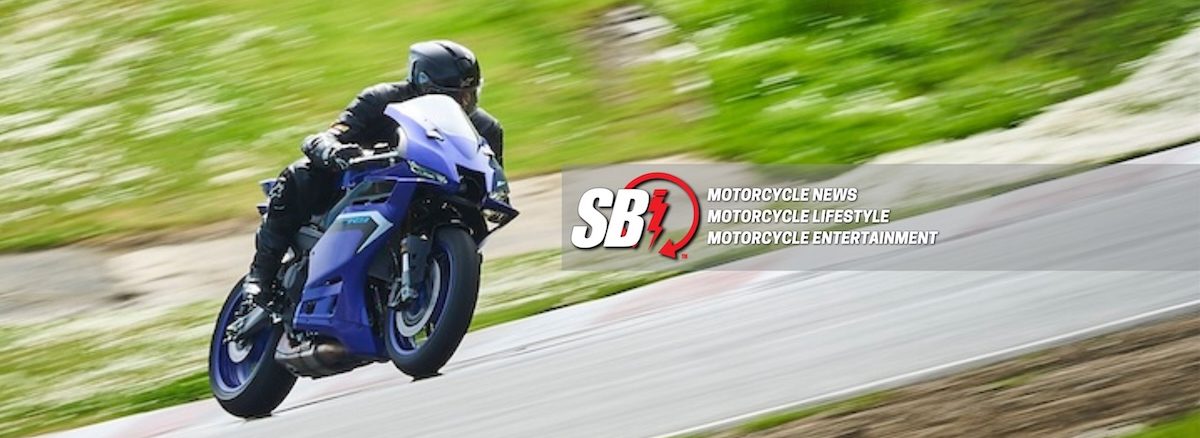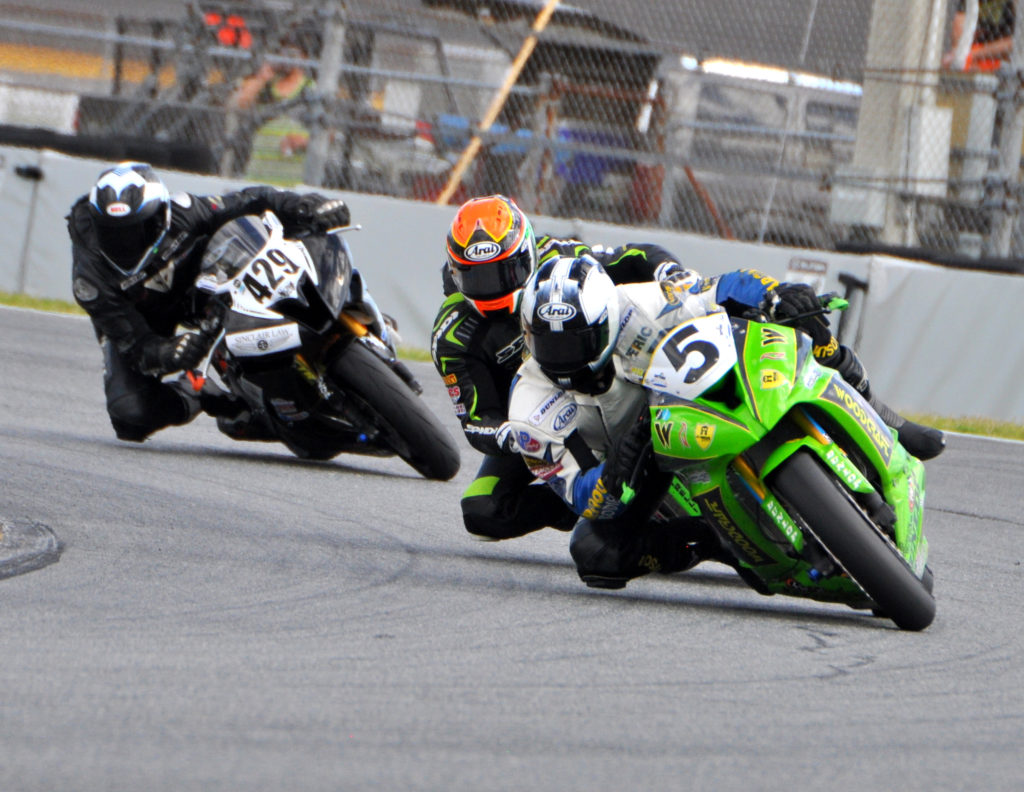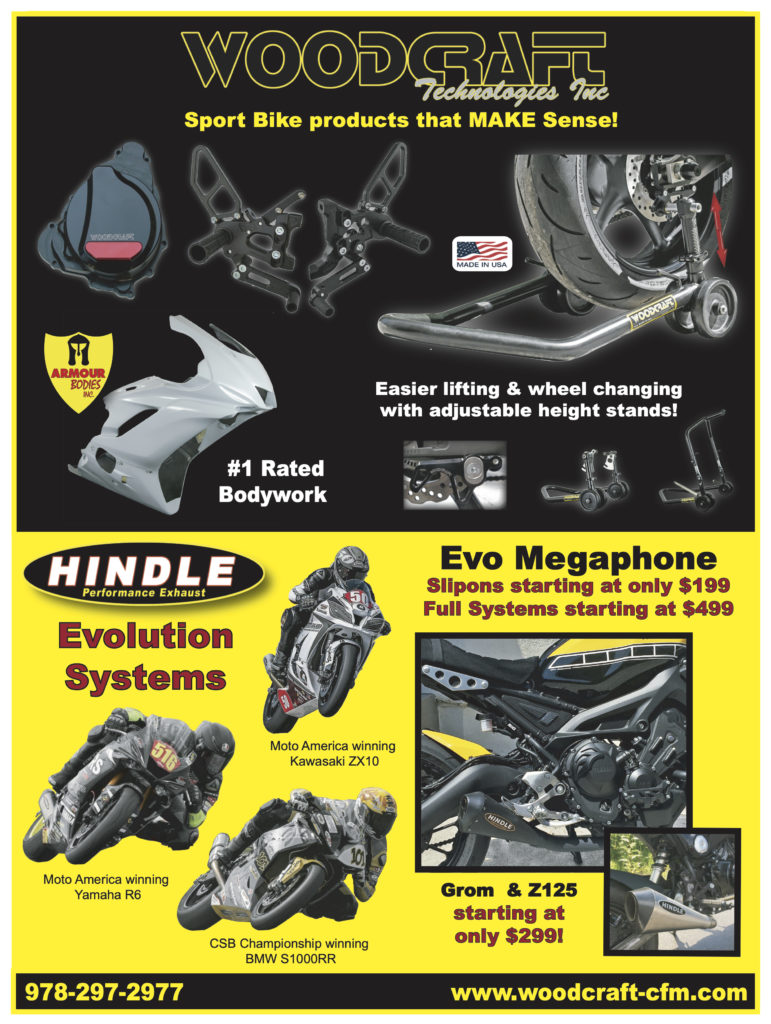After 25 plus years at the Penguin school, I’ve had the good fortune to work with thousands of riders and have fielded tens of thousands of questions. Baseline universal questions like, “What’s the best line into this corner?” and, “How did my body position look?” are great conversation starters which lead to deeper topics. There are really no bad questions, except for scary ones like “What’s the track record for the first day?” Coaches know how that one usually ends.
The question that we will address this month deals with identifying the proper exit RPM. While riders often are looking for specifics we cannot call out an ideal RPM by number as there are many different factors involved. For starters, every engine is different. A rider on a big v-twin is not going to exit at the same RPM as an inline-four. However, even if we use a single model as a basis for discussion there are still a number of factors to weigh. The most important question to ask in reply to a query like this is, “What is the goal on the way out of the corner?”
As with most things in riding, there is a delicate balance here for many riders. The initial goal for most riders is to accelerate as hard as you can while keeping the risk of a high side as low as possible. For performance, riders much have the power that needed on tap immediately when they want it. However, the fear of a high side is a significant barrier for most track day riders (and many racers). For this group, the easiest way to lessen the chance of spinning the tire is often to exit corners at lower RPM. This is usually accomplished by leaving the bike in a gear higher than needed.
This reasoning is fine on the surface, and it does work well for brand new track riders. Since the bike does not make much power at low RPM, the throttle is much less sensitive to abrupt movements, whether intentional or not. Unfortunately for riders who want to learn proper technique and ride faster, this strategy works against you on multiple fronts.
First, the drive off a corner, especially one that leads to a long straight, has a massive effect on your lap times. It comes down to the duration of advantage. If you exit a corner 5mph faster, that head start helps you down the entire straight that follows. You simply cannot make up for a poor exit on the brakes at the end. I’ve seen cases where being in the wrong gear can result in trap speeds up to 15 mph too slow. For reference sake, on most tracks in the US, you only need to be an average of 1mph faster around the track to drop 1 second on your lap times. What does a 15mph reduction in trap speed add?!
Second, having the ability to be sloppy with the throttle can create bad habits that cause big problems down the road. At low RPMs, there is no longer a direct connection from your right wrist to the rear tire. Riders can roll the throttle on much faster than normal because the bike does not get into the real meat of the power until they are well down the straight and with much less lean angle. However, as riders get comfortable their roll speed through the corner will continually increase. This leads to the surge in power coming progressively earlier and I have witnessed several instances where the motor catches up to an unsuspecting rider at an inopportune time and the bike breaks traction.
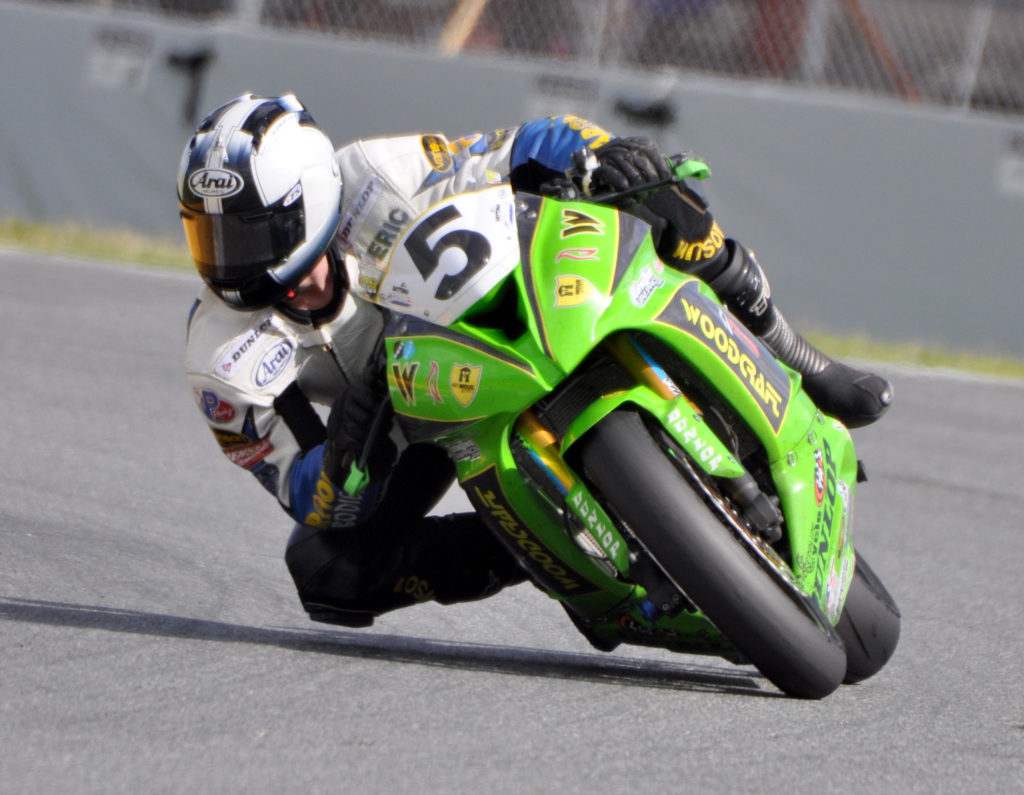
The ability to control or prevent high sides should come completely from the smoothness of the right hand of a rider, and not from having the engine in a portion of the power curve that is so low that it cannot high side.
The first rule to use in evaluating exit RPM is that you never want to have to wait for the engine to catch up to your right wrist during the initial drive off the corner. If you ever come out of a corner and feel like you like there is not a direct connection between your right wrist and the rear wheel, you are losing both precious time and information. In the first few seconds off the corner, you should have all the power you need.
The main factor that affects this sensation is the speed of the corner itself. In general, the faster the corner the more RPM the bike can tolerate and the more important it is to make precisely the correct gear, and sprocket, choices. Additionally, the less power your bike makes the more important it is to always be in the right gear. It takes much more power to spin the tire at 130mph than it does at 30mph, just like it is much less likely to high side a bike that makes 30HP compared to a bike that makes 130.
The first place you want to be sure that you exit will maximum power available is a fast corner. Instead of shifting that extra gear before that fast sweeper, is it often, but not always, to your advantage to carry the lower gear and focus on being super smooth with the throttle. The whole key to success on corner exits is a throttle application that is both early and slow. As mentioned in a previous article, the first 25% of most throttle applications should take as long as the remaining 75%. Your initial drive must be smooth and then you can ramp up quickly as the lean angle is taken away.
In slower corners, the smooth initial application is even more important. These are the places where there is a greater risk, and as a result, they are also one of the greatest areas to make time on your competition. The real key here is to be sure to have soft arms in addition to a slow right hand. Most high sides are not caused by excessive throttle input alone. The real problem comes when riders combine too much throttle with too much bar input. In a vast majority of cases, if a rider is soft on the bars and applies too much throttle the bike will simply run wide.
The second rule in evaluating exit RPM is meant to balance the first. Since the initial drive is so important, riders want to avoid making an upshift too early in the drive. Even with modern quick-shifters, making an early upshift, especially when there is still a significant amount of lean angle, can upset the chassis and it also causes a momentary “pause” in the drive that hurts your trap speeds. In slow corners and on very powerful bikes, riders can often get away with rolling through a corner in a higher gear. Like the novice rider looking to lessen the risk, this technique can make the motorcycle smoother on and off the gas. As long as the rider has all the desired power directly on tap, this can often be a good strategy in corners that could be taken in first or second gear.
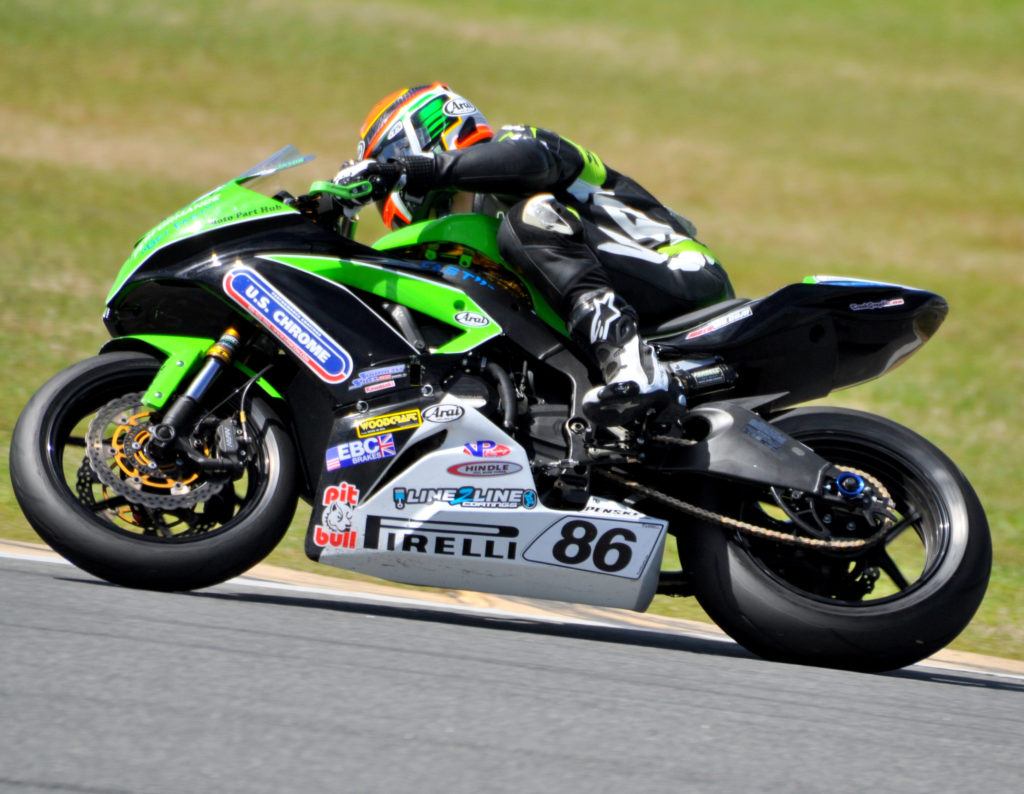
In the end, riders should look to optimize RPM in as many corners as possible. Faster corners and corners that lead to long straights are always the top priority. Once you have determined the optimum gear for each exit, you can fine-tune your motorcycle by changing the sprockets to suit a particularly important section on your favorite track. In many cases, a $50 sprocket can make more difference than hundreds of dollars spent on performance modifications.
Until next time – ride fast, ride safe!
Images: Rick Hentz.
About The Author
Discover more from SportBikes Inc Magazine
Subscribe to get the latest posts sent to your email.
